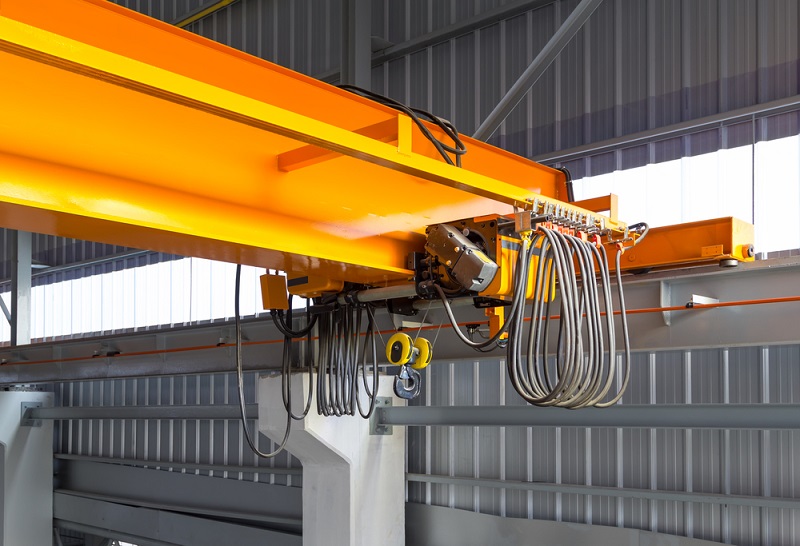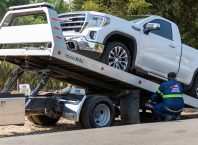Table of Contents
Cranes are an integral part of the construction industry. You can find various types of cranes in the market; each crane is designed with a specific set of features equipped for specific purposes. The type of crane you choose depends on what type of work you want it to do. So, here we will be focussing on jib cranes. We will be highlighting, in brief, these cranes, their types, and their uses.
What are Jib Cranes?

It is a type of overhead lifting device used in a smaller area where repetitive lifting is required. Projects that rely on meticulous lifting work make use of jib cranes. These are highly versatile and can be paired with overhead bridge cranes to enhance their functionality.
These cranes have a simpler design and can lift weight ranging between 250 lbs. to 15 tons. They have an ergonomic design which makes their usage easy and hassle-free. These have turned out to be a great help in enhancing worker productivity, reducing the chances of workplace injury, and enhancing safety.
Some Key Features Associated with Jib Cranes:
- Reach/Boom – This is a horizontal beam that allows the trolley’s movement back and forth on it.
- Mast/Pillar – The supporting vertical beam is called a mast or pillar.
- Movable Hoist – It is used to lift and position the load.
- Trolley – It is responsible to carry hoist, chains, wires, and hook on the boom. You can decide whether you want to operate it manually or with the motorized feature.
- Rotation – If you have free-standing and mast-type jib cranes, then it offers an easy 360° rotation of the boom. In case you have column-mounted jib cranes, then you can rotate the boom 180-200°.
- Electrification/Pneumatic Power – To provide rotational assistance, electric collector rings or pneumatic air lines are added. You can add them to the top of the mast or at the bottom.
- Controls – If you are using motorized job cranes, you have the push button controller to control the crane’s movement.
- Rotation Stop – If you have placed the crane near a wall or any other obstruction, you can add a rotation stop to prevent it from colliding into the wall.
- Environmental Considerations – You must not miss checking the environmental considerations. If the jib cranes have galvanized components, then they will resist corrosion. There are special features that you can opt for such as explosion-proof, heat, dust, and moisture-proof.
Types of Jib Cranes

- Articulating –It has a boom and two swivel arms. It offers a rotation of 200 degrees and 300 degrees. These cranes can easily lift a weight of up to 1 ton. These are perfect for light lifting work.
- Freestanding – You can install them anywhere either indoors or outdoors. This lift is perfect for lifting weights up to 15 tons. It can rotate up to 360-degrees. This can either be mounted or installed.
- Foundation-less – It is a kind of freestanding jib crane mounted on a slab and bolted to a 6-inch concrete. It offers 360-degree rotation and can lift heavyweight of up to 1000 pounds. The boom heights up to 20 inches. It is portable and very easy to use.
- Mast Type – If you are looking for a cost-effective jib crane, then mast type is a good option. It doesn’t require any kind of foundation. All you need is a 6-inches reinforced concrete support. It can accommodate 10-40 inches space and lift weight up to 40 tons. It offers 360-degree rotation and boom rotation of 40 inches.
- Wall Mounted – As evident from the name this type of jib crane is mounted on the wall and thus doesn’t require any foundation. It can be used to supplement overhead bridge cranes, but they cannot offer more than 200-degree rotation.
So, this was a basic informative guide about jib cranes. Based on your requirements, you can choose the one that matches your project need. Determine your needs and go through the functional features that each type of crane offers so that you can put your hands on the most suitable one.



